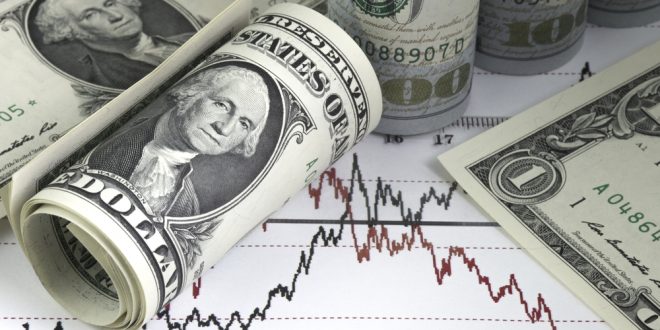The dollar hit its lowest level in two and a half years against major rival currencies on Thursday (December 17th), as risk appetite was boosted by progress towards agreement on a stimulus package in the United States and an accord linked to Britain’s exit from the European Union.
On Wednesday, lawmakers said that congressional negotiators are “approaching” a $900 billion aid bill to mitigate the repercussions of Covid-19, in light of more positive rhetoric than it has been in months.
Across the Atlantic, the European Commission president said a deal with the United Kingdom is closer, although success is not guaranteed.
The dollar index tumbled to 89.995 in Asia, breaking down the 90 barriers for the first time since April 2018. The euro traded at $1.2280 in Asia, after earlier hitting $1.22350, which is also the strongest level since April 2018.
The pound reached $1.3536, after rising to $1.3553 in the previous session for the first time since May 2018.
For its part, the US Federal Council pledged yesterday, Wednesday, to continue pumping cash into the financial markets until the US economy recovers, and it is a long-term pledge to help that came without the hopes of some investors in an immediate move to stop a recent decline related to the pandemic. The dollar index rose after the Fed, but the relief was short-lived.
The dollar was little changed at 103.475 yen, which is also another safe-haven currency.
The yuan was traded in internal trading at 6.5366 to the dollar, while the currency was traded in foreign trade at 6.5089 per dollar, near the 6.4975 level it reached earlier this month for the first time since June 2018.
Meanwhile, the Swiss franc was little changed after it touched a six-year high of 0.8826 per dollar on Wednesday, when the US Treasury designated Switzerland as manipulating the currency.
The Australian dollar touched 75,940 US cents, the highest level since June 2018. New Zealand counterpart reached 74.41 US cents, a level not recorded since April 2018.
 Noor Trends News, Technical Analysis, Educational Tools and Recommendations
Noor Trends News, Technical Analysis, Educational Tools and Recommendations





